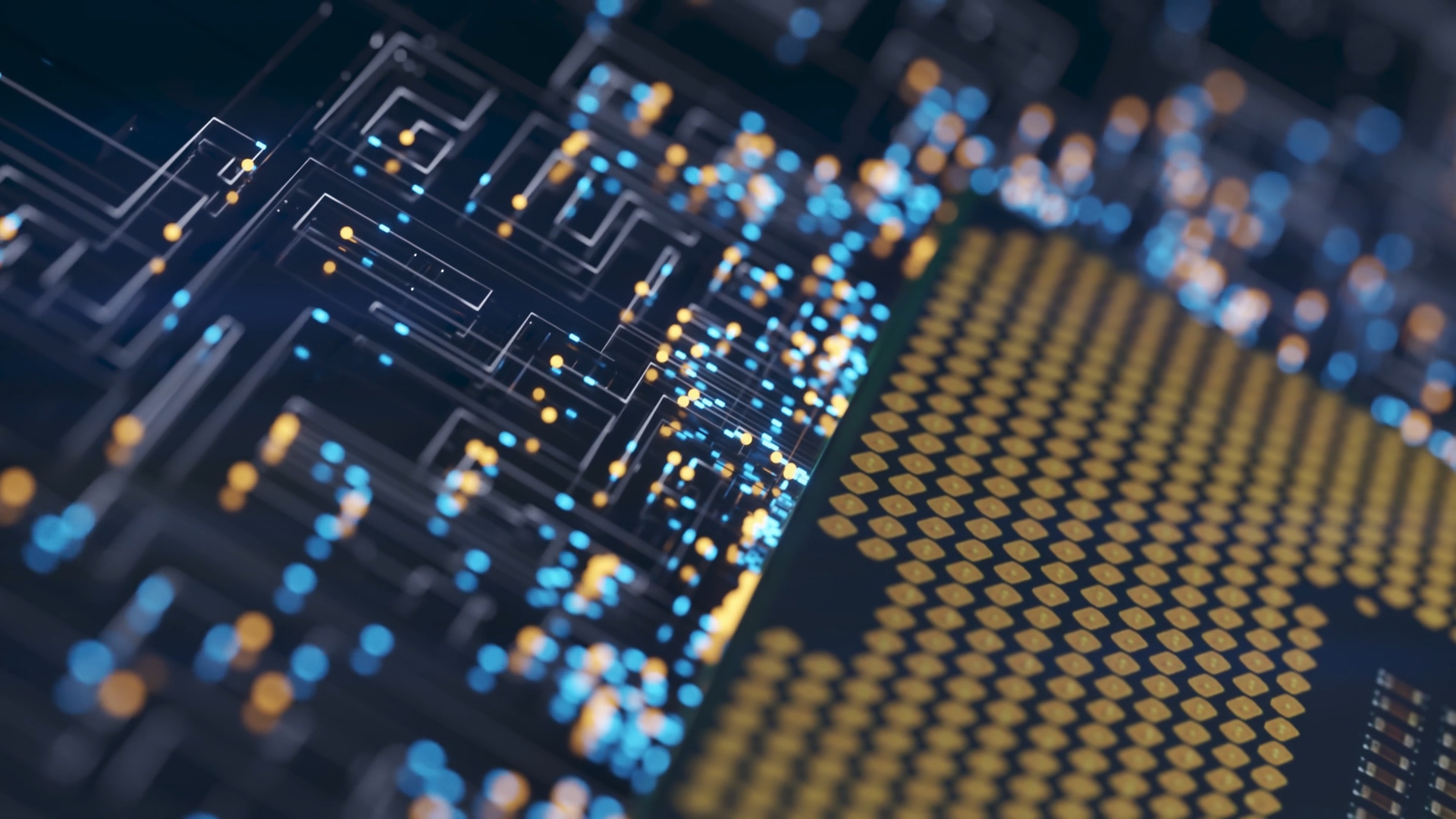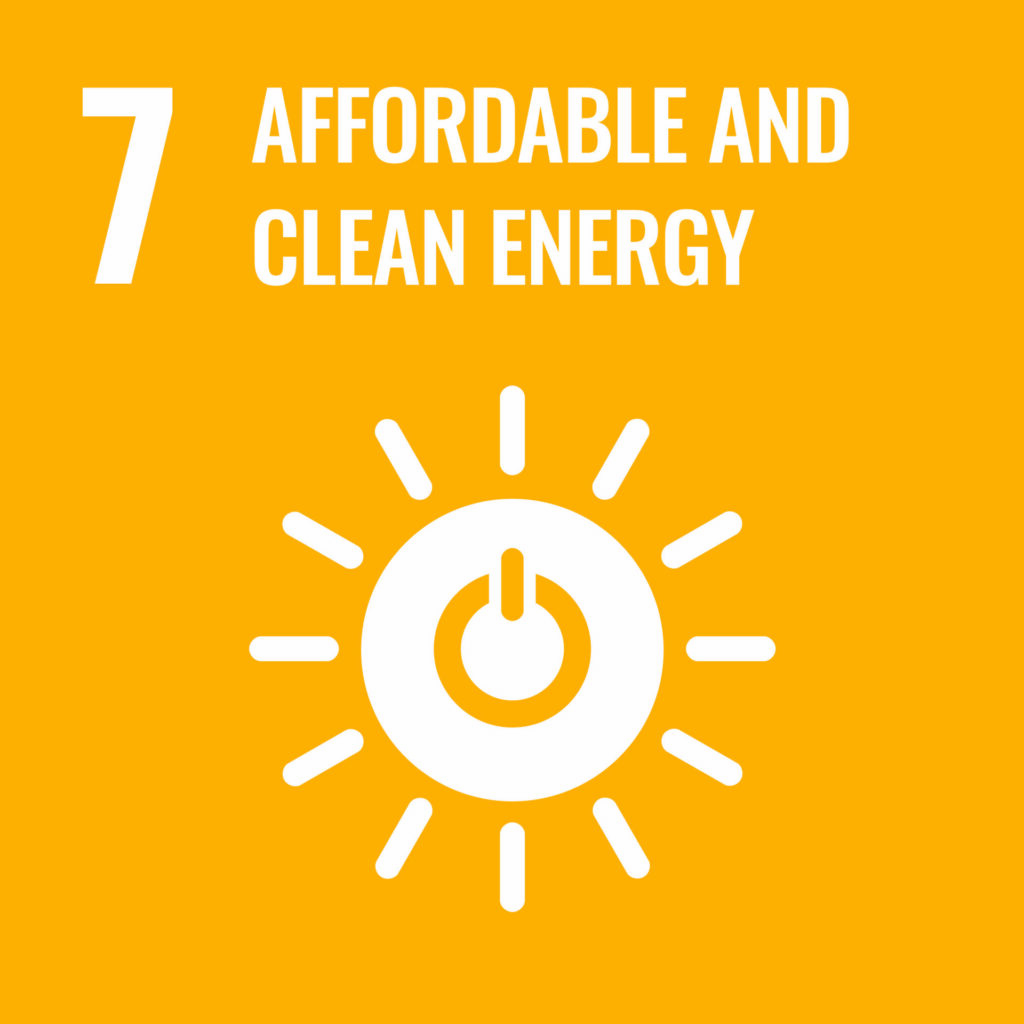As devices that amplify and switch current, semiconductors have extensive uses in electronic circuits and therefore limitless applications. Semiconductors play a central role in KAUST’s research agenda but key to this research is KAUST’s world-class Core Labs, a system of centrally governed, multidisciplinary laboratories equipped with state-of-the-art technologies and supported by expertly skilled staff.
The Nano Fabrication Core Lab has a very large (2000m2) “clean room” — a lab with very tightly controlled levels of temperature, humidity and particulate matter — used for the manufacture of semiconductors.
The Imaging and Characterization Core lab is used for determining the structure and properties of prototypes and samples. It houses a full suite of the most advanced instruments including six super-advanced Titan Transmission Electron Microscopes that help study the finer details of the semiconductors.
The Core Labs have been instrumental in advancing semiconductor research.
Energy-hungry microprocessors need to be more efficient. Electrical engineer Xiaohang Li has improved materials and design to create chips that consume half the power of the best commercially available. He is also developing shortwave UV lasers and LEDs for use in disinfecting.
2D materials, in sheets just one atom thick, exhibit remarkable properties of strength, chemical and mechanical stability, and conduction or insulation of light, heat and electricity. Electronics engineer Mario Lanza is looking at ways to incorporate these materials into semiconductors, along with their remarkable properties, improve their efficiency.
The invention of light-emitting diodes (LEDs) and semiconductor lasers helped semiconductors to expand into lighting and communications technology. Boon Ooi, electrical engineer, has developed laser powered lightbulbs that are much more energy efficient than existing LEDs and can also transmit internet data at ultra-high speeds of up to 10 Gbps.
Experimenting with different polymer semiconductors, materials engineer Thomas Anthopoulos has achieved dramatic improvements in the performance of printed solar panels, which can be produced with less energy and cost than today’s silicon equivalents.
Khaled Salama, electronics engineer, has developed a low-cost, robust, miniature, self-powering air monitoring station that can measure levels of different pollutants, as well as temperature and humidity, and transmit its data wirelessly.


